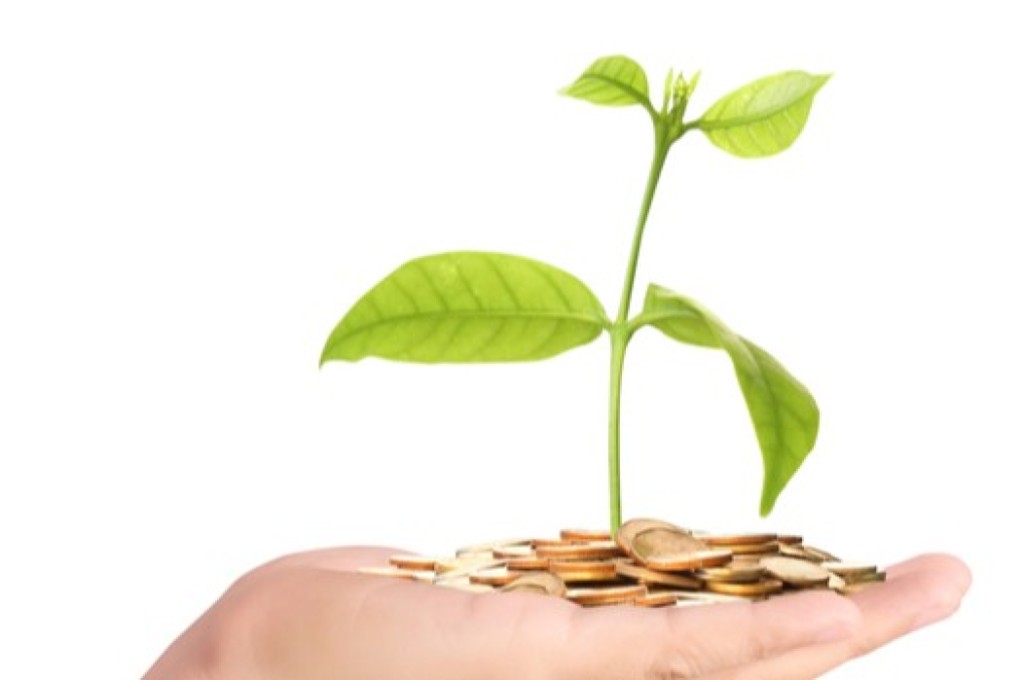What is carbon offsetting, and does it work?
Countries can pay to fund emission reductions in another country to help reach its own emissions reductions targets

If you love to travel, but are very aware of the impact that flying has on the environment, you’ve probably heard of carbon offsetting. You might even have paid for it.
But it’s not just airlines that offer this on a small scale to passengers. There’s a bigger, global scale that might have crucial impact on climate change. Here’s why it matters, and how it works.
What is offsetting and why is it a tricky topic?
Carbon offsetting allows a country to help reach its own emissions reduction targets by funding emission reductions in another country. Companies are also increasingly using carbon credits to offset their emissions.
The first major offsetting scheme, the UN’s clean development mechanism (CDM), was set up under the 1997 Kyoto Protocol, in which 190 countries agreed on country-by-country emission reduction targets.
The scheme was designed to help fund emission reduction projects in developing countries, while also providing offset credits to the developed world to help meet its Kyoto targets.
Negotiators in Madrid, at this month’s COP25 summit, are set to discuss what kind of offsets, if any, should be used to meet the targets set out in the 2015 Paris agreement and how they should be monitored, following some cases where emissions cuts did not materialise.
